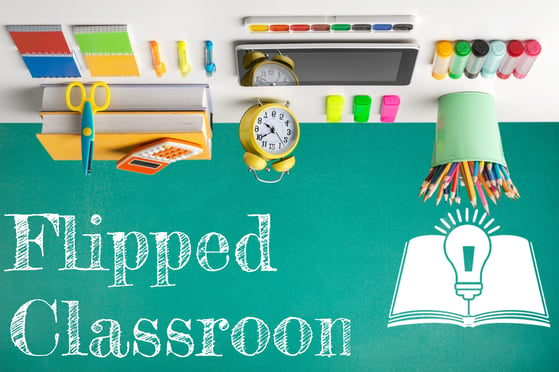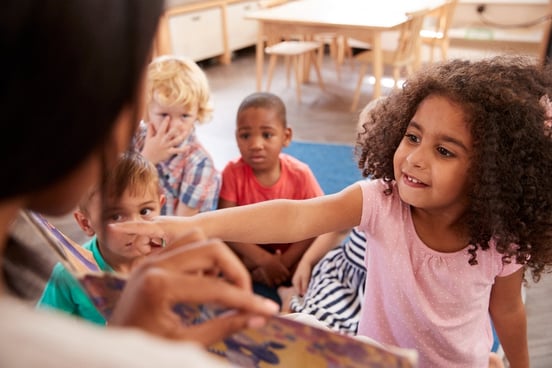ALI Staff | Published September 07, 2018
The flipped classroom is an educational model that turns the learning environment into a workshop for concepts introduced at home.
While there are certainly challenges with the flip-the-classroom model, access to technology has made this approach more feasible in schools that want to experiment with traditional methods of learning.
Centering teaching around student learning and engagement isn’t a new concept, but how that happens isn’t a one-size-fits-all approach.
Let’s look closer at flipping the classroom and how it could work as a unique educational strategy.

A flipped classroom is an approach to teaching where lecture or direct instruction is delivered at the student’s home, and class time is reserved for concept practice and higher-level activities.
From there, the flipped classroom definition can vary a bit based on available educational resources, student skill sets, and areas of study.
The characteristics of a flipped classroom generally include a digital lecture component that happens at home followed by classroom practice of those topics. Digital content platforms and teacher-made videos are the most common methods of content delivery.
The idea is that students come to the classroom with a base knowledge of a concept. Teachers can then spend more time on active learning approaches like debates, group projects, and hands-on activities that encourage students to apply what they’ve learned.
Students become more active participants in the curriculum rather than spending a good chunk of their school day in passive listening mode. The at-home component is essential, but it’s not as important as what happens in the classroom as a result of less lecture time.
The benefits of a flipped classroom are centered around making learning a more meaningful experience for all students. Here are a few specific benefits of flipped learning:
The flipped classroom model takes additional time and resources to do well. This is likely a new way of thinking, or a flipped way of thinking, for most educators.
One option is to pilot the method with one class rather than changing up your entire teaching style. It also doesn’t have to happen every day.
Some educators flip their classrooms once a week or when the content dictates that the model makes sense. Others go all-in. What you decide depends on your students and resources available to test out the model.
In a classroom of diverse learners, teachers may also experiment with hybrid models of the flipped classroom.
This can mean digital group work for students who benefit from peer support, time spent in the classroom modeling what at-home work should look like, and different methods of content delivery beyond video.
We’ve shared some of the benefits of this unique way of delivering fresh content. The flipped classroom isn’t without its challenges, however. Here are a few:
Successful instruction is about teaching the material in a variety of ways.
While flipping the classroom can develop a deeper understanding of the content, especially in math and science, active learning strategies in the general sense support that, too.
Active learning is student-centered learning. It engages students through activities like small group work, project-based learning, or role-playing that deepen their understanding of the content.
Instructor guidance is still very important, but there’s more emphasis on students participating in the learning process with active learning.
Flipping the classroom can be just one tool in building a classroom full of critical thinkers. No matter how you approach student learning and engagement, it’s crucial that content is accessible to all students.
Teachers know their students’ needs and the curriculum best. Spending more time on a deeper level of thinking is excellent when it can work, but it’s also important to build on foundational skills.

At the start of the school year, teachers have the chance to create a math classroom where every student feels valued...

Math manipulatives are a great way to make math more accessible for your students, especially if you know they may...

Storytelling is one of the oldest forms of communication as a way to share experiences, understand others, and...